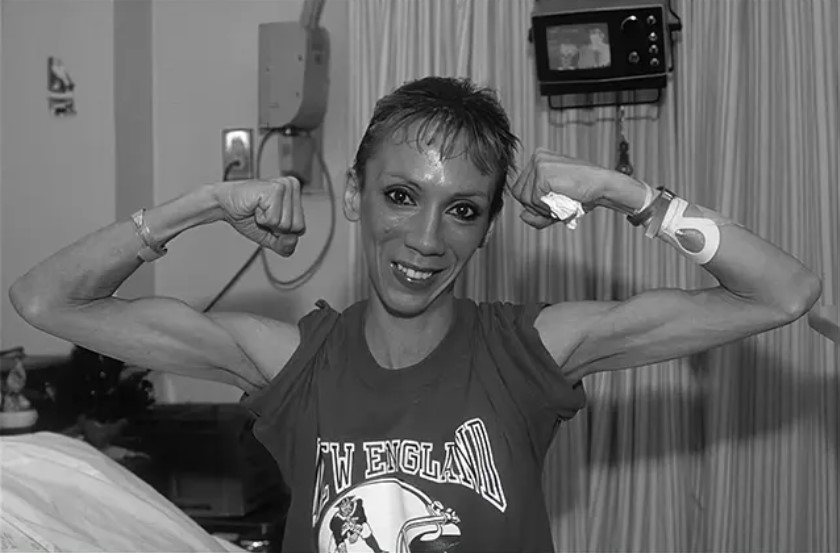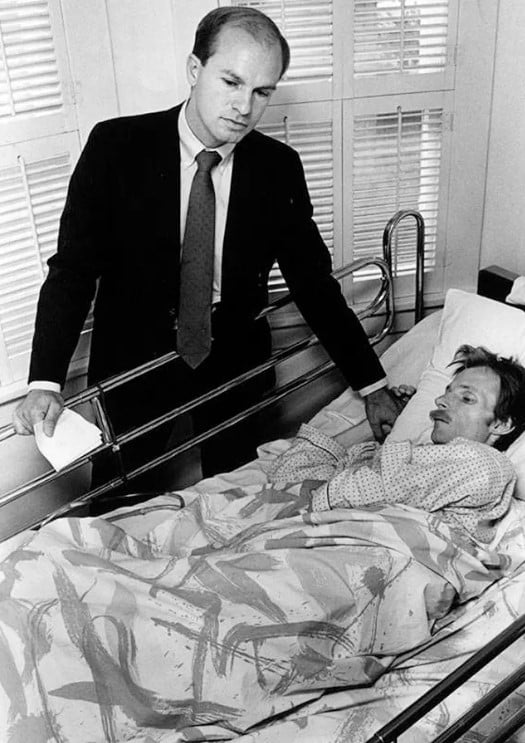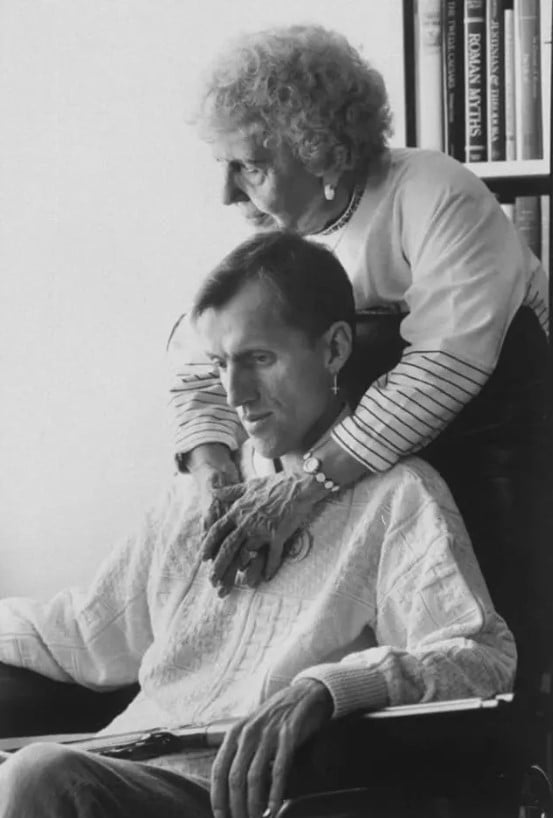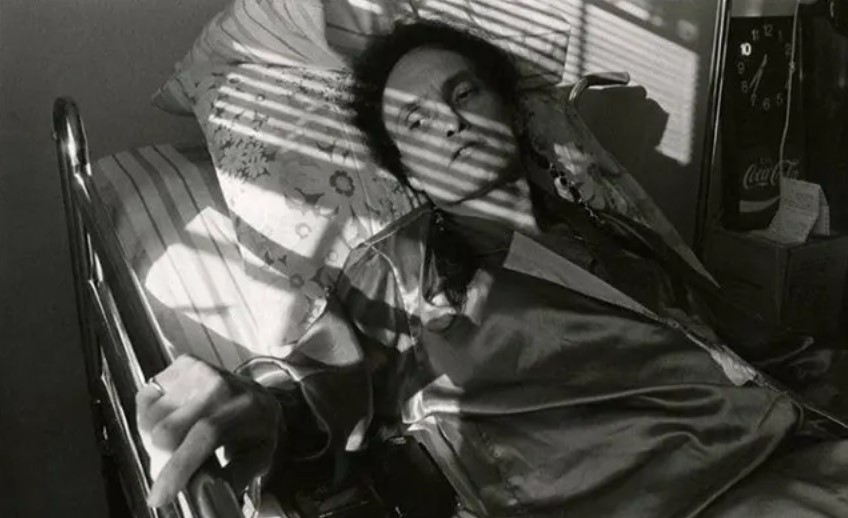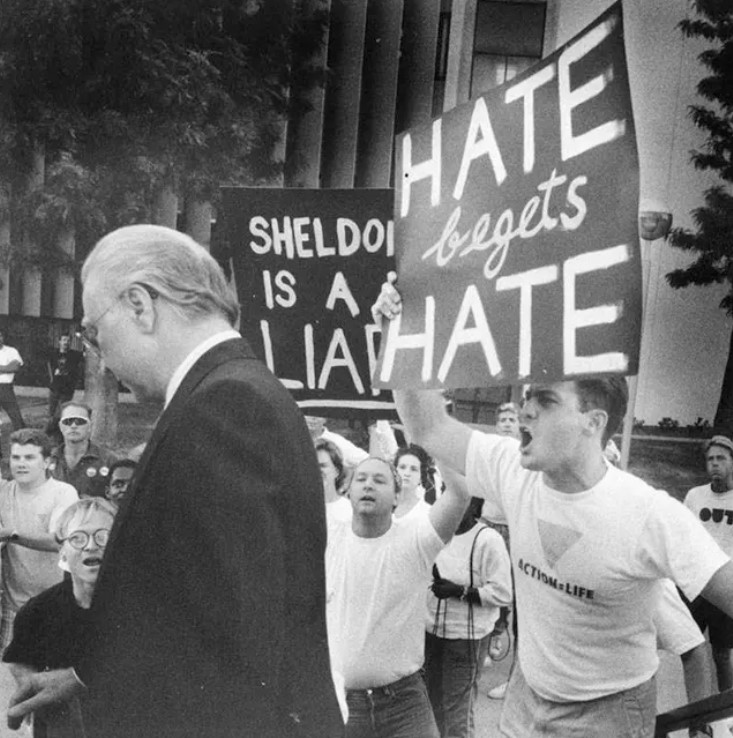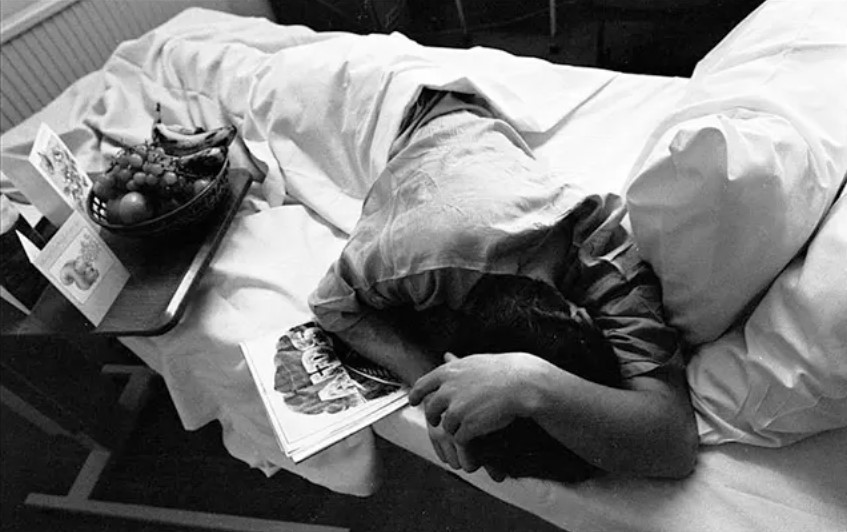Heart-Wrenching Photos That Reveal The Struggles Of The 1980s AIDS Epidemic
The 1980s brought the AIDS epidemic to the forefront as it swept through communities with tragic force, claiming lives and creating widespread fear and uncertainty.
People across the U.S. and around the world faced the horrifying impact of a virus that was both deadly and poorly understood. The disease spread rapidly.
It took tens of thousands of lives each year, while the stigma surrounding AIDS compounded the suffering, isolating those affected and making the battle even harder.
Misunderstanding of AIDS
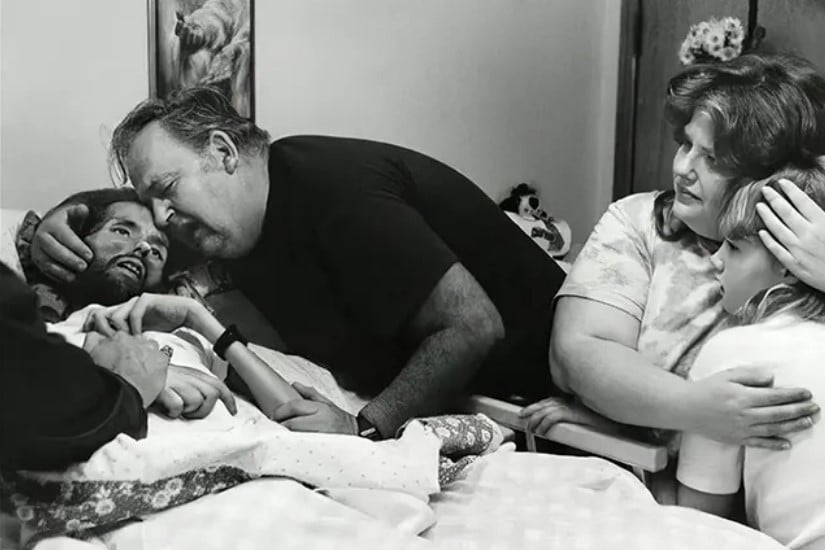
AIDS quickly became a symbol of shame, with victims unfairly labeled as homosexual regardless of who they were. This stigma led many to ignore those who were suffering, as fear and misinformation spread.
People wrongly believed that AIDS could be transmitted through casual contact, like sharing a drink or giving a hug. As a result, those affected were isolated, often losing their jobs and being pushed out of their communities.

Even children weren’t spared from this harsh reality. Born in India, Ryan White, 16 years old, faced harsh discrimination—he was expelled from school in Indiana due to the widespread fear surrounding the disease.
Transforming the way the world viewed AIDS took a brave, united movement. Activists filled streets with protests and organized candlelight vigils to raise crucial funds and awareness. They fought passionately for the rights and dignity of those affected by AIDS by refusing to let patients be left to face the disease alone or in silence.
Photography also played a powerful role alongside AIDS activism. Images shared in ads and magazines brought the stories of those affected into clear focus, reminding the world that these weren’t just numbers. They were real individuals—friends, family members, and loved ones with lives cut short.
HIV/AIDS in New York City
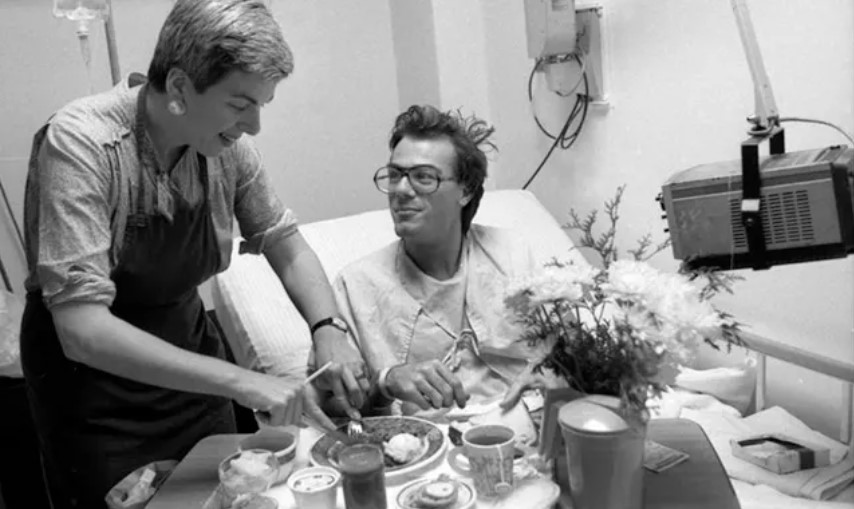
In the 1980s, New York City faced the AIDS epidemic more severely than any other U.S. city. A range of social and cultural factors played a major role in how the virus spread and affected various communities within the city.
This made the crisis particularly intense and deeply felt in specific neighborhoods, where the impact was much more personal and localized. The response to AIDS was as complex as the communities it hit hardest.
In the early days of the AIDS epidemic, New York’s gay community was instrumental in bringing the disease to the attention of healthcare professionals. Doctors began noticing troubling patterns among gay men, sparking initial responses to what would soon become a major health crisis.
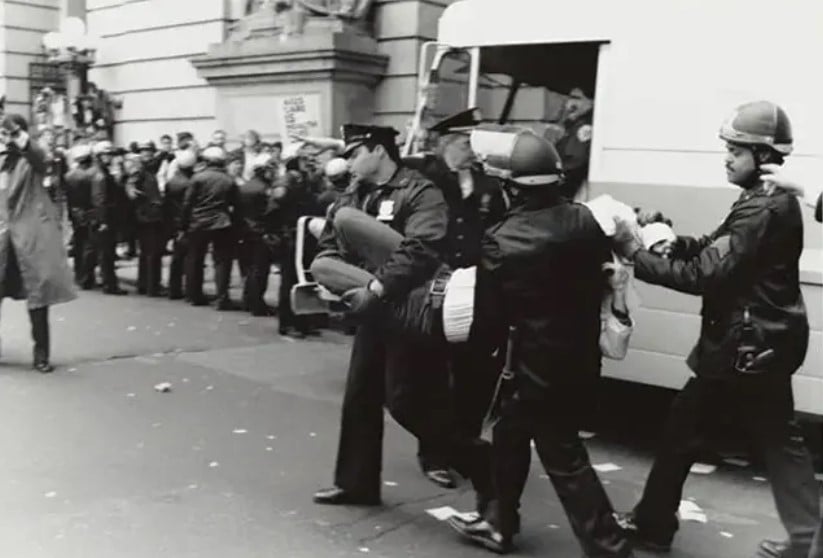
However, as word spread, fear and panic took hold of the city. Misinformation about AIDS ran rampant that complicated efforts to address the growing epidemic and left many to face the stigma and uncertainty that surrounded the disease.
Community activists worked relentlessly to fight the fear surrounding the AIDS epidemic, striving to raise awareness and push for better care and treatment for those impacted. They stood as a voice for the vulnerable, advocating for change when many were still too afraid to confront the issue.
At the same time, responses from local governments were inconsistent. While some regions provided crucial support, others faltered or even worsened the situation with ineffective or damaging policies. This uneven approach further complicated the battle against the crisis.
Heartbreaking Photos of the 1980s AIDS Crisis
